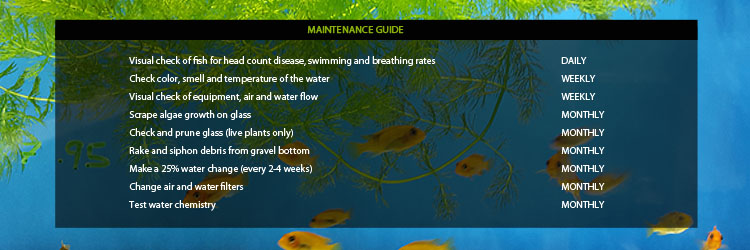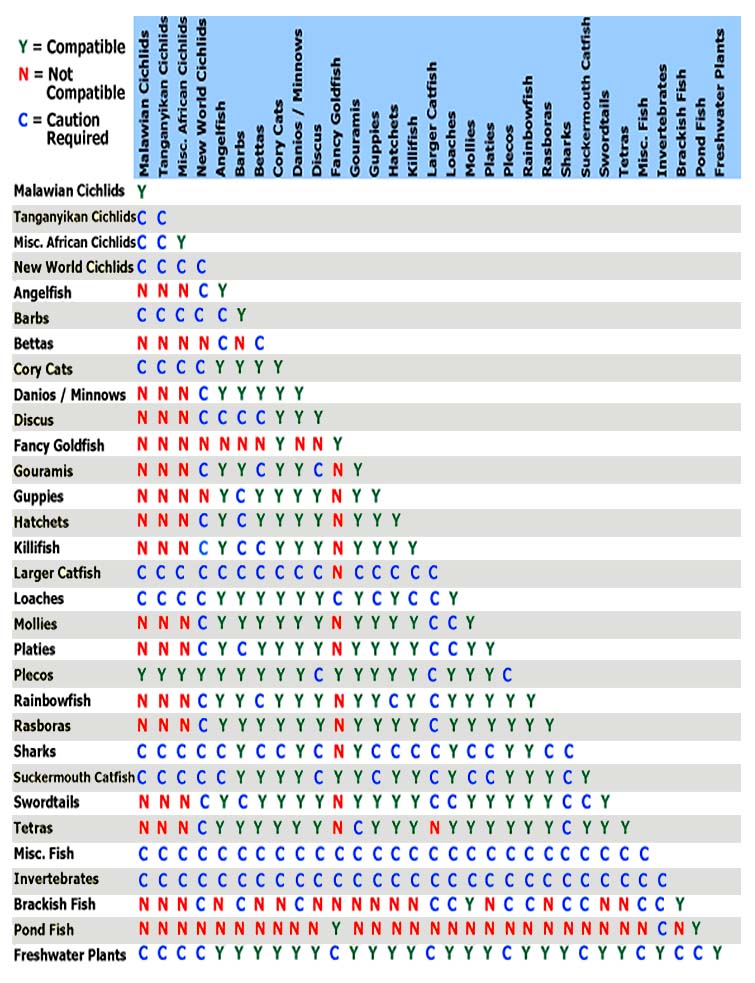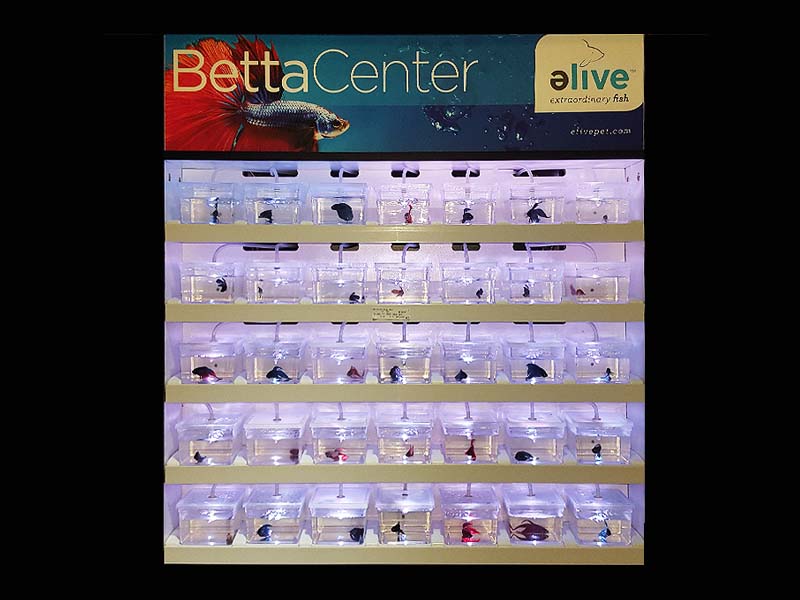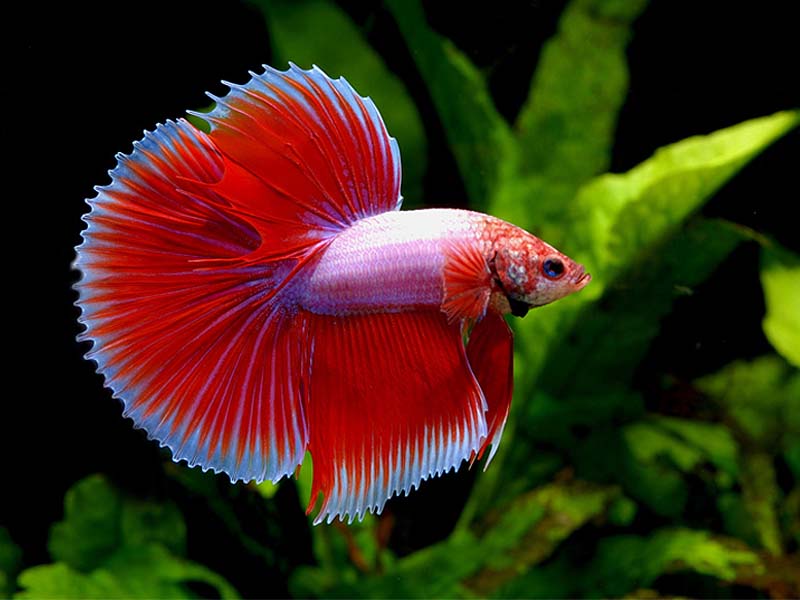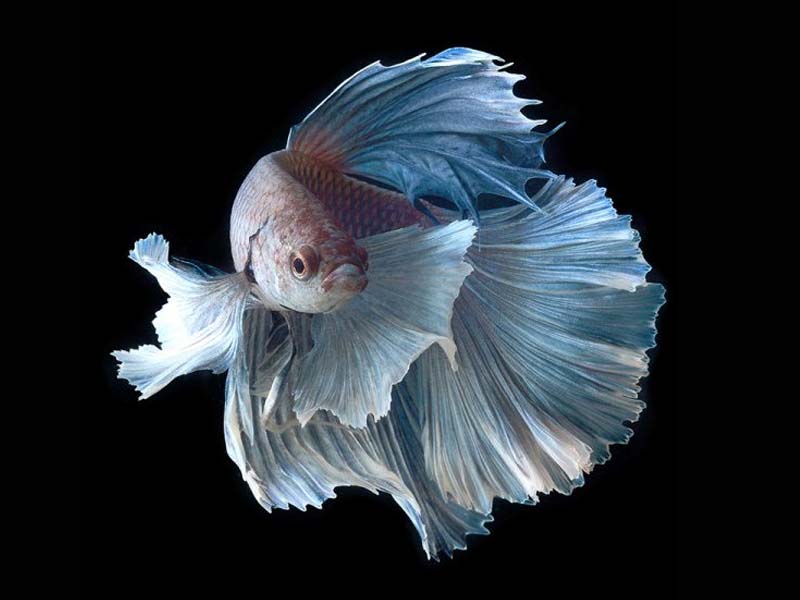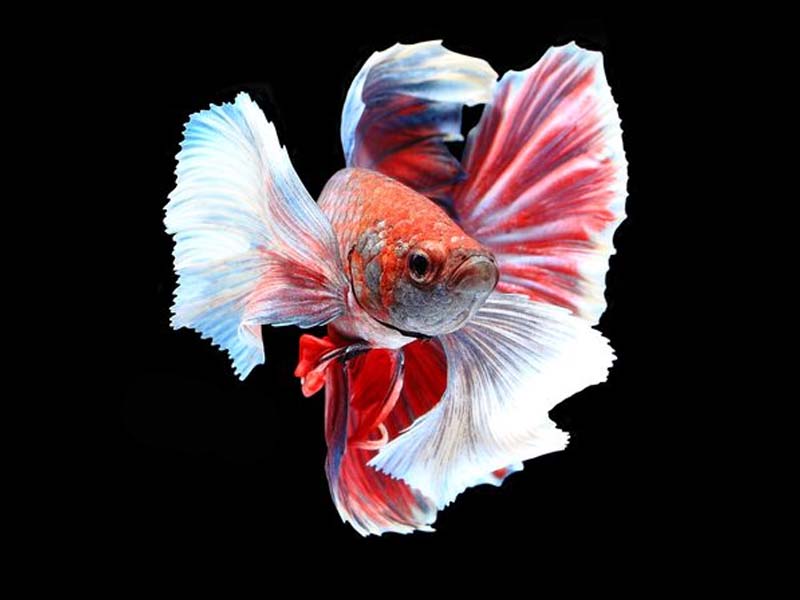Pet Care | Fish
TIPS & TRICKS
Check out some handy tips and tricks for all your pets. If you have any other questions, feel free to contact us online or pass by our store on the Union road 110 in Cole Bay, Sint Maarten, we will be happy to assist!
BEGIN YOUR FISH HOBBY

Preparing your tank
- Clean inside and out before setup, using damp cloth (NEVER use soap, detergents or other cleaning agents)
- Place aquarium in location to support weight and make sure it's level
- Never place aquarium near heat source (including direct or partial sunlight) or air conditioner
Adding your Fish
- Operate your aquarium's system for at least 24 hours before you add your fish
- Buy only a few fish to start then gradually introduce more over a 4-6 week period
- Float the transport bag in aquarium for 15min then in 5min intervals, place water from aquarium into bag.
- After 15min net the fish out. DO NOT add bag water into aquarium
Food
Find the right type of food for your fish.
- Carnivores:
- Angelfish, sharks, tetras and lionfish
- Give them only animal products including brine shrimp, blood worms, and even small feeder fish
- Omnivores:
- Goldfish, barbs, mollies, beta and catfish
- Give them a mixed diet of both animal products and flakes
NOTE: All fish should be given a varied diet
Feeding your fish
- To avoid overfeeding, give fish smaller portions and observe how much and how quickly they eat
- Do not feed them anymore than they can eat in 3-5 minutes
- If they are still excited about eating, add a bit more food and observe their eating fervor
Shock
- Shock can occur when fish are frightened, harassed by an aggressor, is a new addition to a tank, is having a severe reaction to the water conditions, and sudden noises or light changes
- Fish in shock hide on the bottom or in corners, have clamped fins, blotchy or faded colors, and breathing problems (either rapid or very slow)
- To treat shock, try to remove the cause
- If it's an aggressor re-arrange tank ornaments
- Test the water conditions
- Make sure no one bangs on the glass of the aquarium
- Make light changes gradually by turning on or off the tank lights then room lights
- If the fish have breathing problems, increase the aeration of the aquarium
FISH HEALTH
Part of your daily maintenance program should include a visual inspection of your fish. Your inspection should include a headcount, swimming and breathing rates, as well as any abnormal spots or abrasions on your fish's head or body. If you have discovered any of the above, this guide will hopefully help you determine what is the issue.
Below we deal with only a few of the more common diseases fish can get. Although there are treatments and medications out there, the best way to keep your fish healthy is to maintain optimum water conditions.
The most common parasite for fish is Ick or Ich. It affects fish who are weakened from shock, improper diet, poor water conditions, or crowding. Ick can also be introduced to an aquarium by new fish.
Symptoms:
- Distinguished by small white dots on fins and body
- Overtime fish will have the appearance of being sprinkled with salt
- Fish may scratch against the gravel and also have rapid breathing, cloudy eyes, and some fin deterioration
Treatment:
- External parasitic medications such as CopperSafe or Clout
The most common disorder fish can get is shock. It is not a disease, but it is just as harmful to your fish.
Symptoms:
Can occur when fish are frightened, harassed by an aggressor, is a new addition to a tank, is having a severe reaction to the water conditions, and sudden noises or light changes.
Fish in shock hide on the bottom or in corners, have clamped fins, blotchy or faded colors, and breathing problems (either rapid or very slow).
Treatment:
To treat shock, try to remove the cause.If it's an aggressor re-arrange tank ornaments. Test the water conditions. Make sure no one bangs on the glass of the aquarium. Make light changes gradually by turning on or off the tank lights then room lights. If the fish have breathing problems, increase the aeration of the aquarium
Anchor worms are small parasitic crustaceans that attach themselves to a fish's body.
Symptoms:
- They are 1/4-1/8 inch in length, and look like a piece of string with a forked tail
- Clear white to brown in color
- Fish may have open sores with the worms protruding
Treatment:
If worms are large enough one can simply pull them off by placing the fish on a wet cloth and removing the worm with tweezers, and treating the wound with an antiseptic. Small worms should be medicated with something like trichlorfon.
Dropsy is caused by a bacterial infection and attacks all internal organs.
Symptoms:
A general swelling of fish's body with protruding scales.
Treatment:
Medicate fish with proper antibiotic such as nitrofuran or kanamycin sulfate.
This disease attacks the fins and tails of fish and is bacterial.
Symptoms:
- Fins look frayed, ragged, or in sever cases mere stubs
- Goldfish and long tailed fish alike may have red streaks in their veiltails
Treatment:
For bacterial diseases treat with antibiotics. T.C.capsules or Fungus Cure.
Fungus is a secondary disease in nature and usually attacks fish already wounded.
Symptoms:
- Patches
Treatment:
For bacterial diseases treat with antibiotics. T.C.capsules or Fungus Cure.
There are many benefits to setting up a hospital tank. The first is that some drugs can kill beneficial bacterial living in your tank. Also, if you have only one sick fish, it is not wise to treat the delicate, healthy ones.
Setting Up:
- 5 gallon tank, complete with lid, heater, and thermometer
- Siphon 5 gal out of main tank
- Split air from main tank to hospital tank
- Place shelter in tank
- Keep tank dark
- Medicate tank according to package instructions
